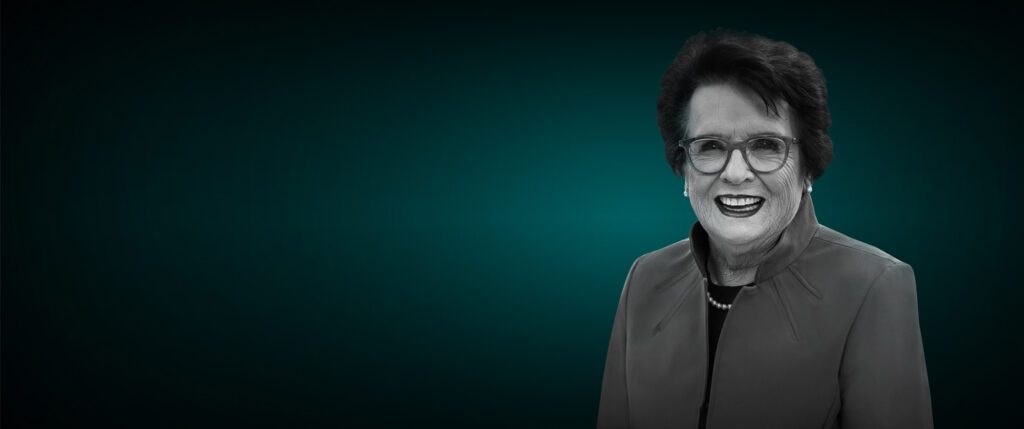
Author: Aniela Unguresan
Founder, EDGE Certified Foundation
Making significant changes in society requires some form of disrupting influence as anything less achieves nothing more than playing around the edges. This applies to diversity, equity, and inclusion (DE&I) as much as it applies to other strands of life.
However, we are the product of the world we live in. DE&I is a topic that only very recently migrated from being a social and a civil rights issue to one that is a matter for business to be concerned with. And by this, I mean that it’s not just another tool with which to make more money. Instead, it should be part of an organization’s licence to participate in the business community.
Making significant changes in society requires some form of disrupting influence as anything less achieves nothing more than playing around the edges.
A layer on top
Despite this, some organizations making the shift to embracing DE&I still see it as a layer to be placed on top of their core purpose rather than being central to it. It’s almost like it is an afterthought where management seeks out diverse candidates just to meet arbitrarily set targets to justify their position and give them something to say to stakeholders and the public.
And why is this? It’s because these organizations are in a ‘reactive’ mode. They see the demographic composition of the talent pool in their countries and their sector and work with it according to the norms, rituals, and stereotypes that they hold.
Nevertheless, some are transitioning to being an active part of the new ecosystem where they see that it is their responsibility to intervene and make change. These are those organizations that now offer childcare facilities, longer paternity and maternity leave beyond what is mandatory. They are those organizations that are beginning to talk openly about challenging gender roles at work and at home. They are the ones talking about different gender identities, different ethnic backgrounds, different abilities and disabilities and they value them beyond what might be legally required or culturally expected from them.
This transition takes time with new legislation forcing disruptive change. It’s for this reason that some groups in society see more change than others – legislation cannot be ignored and this in turn focuses attention onto these groups.
But change is coming. Success is tied to who has responsibility for DE&I in the workplace along with who has operational oversight on a day-to-day basis.
Inbuilt inertia
Regardless of the positive benefits that come via change, it’s important to recognize that humans are hardwired to dislike disruption. We all hope that significant change is incremental. But it’s not; fundamental change is always disruptive. And it has to be.
We want to preserve who we are and what we have which is why we fight disruption. But important interventions only come when leaders see that change is required and act from the top. So, whether change comes from lawmakers acting in concert, investors demanding new forms of reporting, or CEOs and top business leaders seeking to alter the workplace for the better, disruption is essential.
Leaders that support the idea of change tend to align with Paul Polman’s view of the net positive effect where organizations thrive because they give more than they take. The most advanced organizations started their journey after a disrupting event, often a discrimination lawsuit against them. It was these cases that led the calls for change and forced legislators to act.
The problem is that when the first DE&I practices were set up, they were invariably designed to contain risk and manage any potential damage to the organization. They were not established with the purpose of creating value – instead, they sought to ‘do no harm’ rather than to make the world a better place. The executive with responsibility for DE&I was historically situated next to the office of the general counsel whose role is to control the risk of the company being litigated against rather than leading the charge for transformation!
But change is coming. Success is tied to who has responsibility for DE&I in the workplace along with who has operational oversight on a day-to-day basis. These leaders need to be competent and have the right skills and expertise. It’s true that the HR profession is evolving, but where responsibilities sit and how bonuses are set will determine the speed and effectiveness of change.
True meritocracies are very few and far between.There is an argument that positions should always be awarded on merit, and that we should operate on a meritocratic basis. But meritocracies don’t exist. So-called perfect recruitment and promotion processes based on meritocratic principles tend to yield the same result and privileging the historically overrepresented group.
And this is because many who end up in the positions they’re in have benefited from subtle advantages from being who they are – because of their gender, because of their skin colour, because of their socio-economic background. This is part of human nature and relates to how we connect and support those that we recognize and trust. But meritocracies can arise where companies become as diverse as the markets and clients that they serve across their pipeline, and hiring processes.
So, for change to happen companies require courageous leaders who stop for a moment to question whether they are really operating a meritocracy and why processes noted as ‘perfect’ still yield ‘imperfect’ results. This necessitates individuals being in place who proactively recognize and state that they are where they are precisely because they benefited from the support of others who are like them or who are familiar with how they work.
Culture is the result of set of behaviours and for change to happen people must behave differently.
Telling comments
It’s good that we are witnessing disruptive change. We find that after working with an organization for two years or more, historically dominant groups, mostly male, mostly white often leave comments in employee surveys that challenge or even criticize the push for gender and other forms of diversity – they feel that it’s damaging their ‘meritocratic’ principles and that their chances to be promoted are diminished. But the reality is that these comments prove to all that the existing structures of power and authority are being undermined and are in fact moving towards a new equilibrium. While it may appear counter-intuitive, comments from such employees are in fact positive signs that an organization is changing.
In such organizations it’s notable that historically overrepresented groups recognize the new competition for promotions and salary increases. But they seem happier knowing that they are working for a fair organization and are not benefiting personally at the expense of others.
Culture is the result of set of behaviours and for change to happen people must behave differently. This means that disruption is good, and changes will only ever be brought about by disruptive behaviour and disruptive thinking.





